The world is green, cool and humid. The land falls away over a valley, and beyond that, another and another. I ask the driver of the Land Rover to let us off a couple of miles from our camp at 10,000 feet. We are on the slopes of Mount Kenya. As he pulls away, the sound of the jungle takes over. The quiet hum of life on earth; birds, insects, air.
After a few minutes of hiking, I am reminded that conditioning does not equal acclimatization. We are breathing heavily when the silence is broken by the squawk of a raven. Having grown up in my own jungle, I know it is a warning. Another closer squawk. I look around for some sort of defensive weapon and pick up a large rock. I hear an animal crashing through the jungle. The sound is coming toward us. Then a large male hyena breaks into the road twenty yards away.
A short standoff, and lucky for us, he jumps back into the bush. The adrenaline helps us cover the next two miles.
Bird sounds wake us the next morning, and I look out over the jungle from a one room stone and log cabin. This is another place and time. Africa. Jungle. Mist. The mountain forms its own ecosystem, catching moisture from the oceans and creating a living breathing organism.
A young Kikuyu boy will be our guide on our climb. Our first stop is Klarwill’s hut at 15,000 feet. The next goal is a step below the peak at 17,000 feet. I ask his name, and he says, “Kirinyaga.” I try not to look at his torn tennis shoes as I ask him if in the Kikuyu tradition, his name has a meaning. He says it means “Mountain of Brightness.” We are all the product of the hopes of generations before us. Kirinyaga is what the Kikuyu call Mount Kenya.
It is hard to tell the difference between the rain and the mist. As we pass through a cloud forest, Kiriyaga points out steaming piles of buffalo dung. Then we plunge into an alpine bog; a swamp on the side of a hill. It’s made up of mud, water, plants and more mud. I think about Kirinyaga’s feet and how they must be wet, but soon he is carrying one of our packs and waiting patiently for us to catch up.
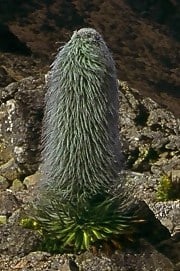 Plant life is adapted to this vertical bog. Strange shapes of giant lobelia and lobelia teliki emerge out of the rain like aliens from another planet. Our boots are caked in mud and now weigh five pounds apiece. It is cold, yet Kirinyaga, cloaked only in a loose poncho seems not to notice.
Plant life is adapted to this vertical bog. Strange shapes of giant lobelia and lobelia teliki emerge out of the rain like aliens from another planet. Our boots are caked in mud and now weigh five pounds apiece. It is cold, yet Kirinyaga, cloaked only in a loose poncho seems not to notice.
We reach Klarwill’s hut after dinner and find it crammed with a dozen people. Mother nature turns out the lights quickly on the equator. Darkness descends. The guides retire to McKinder’s camp. Life in Kenya is still segregated or perhaps it is the guides that prefer it that way. We are above the clouds, so close to the stars that they don’t seem to twinkle. It is indeed a mountain of brightness. We eat a cold dinner and then lay like cordwood across two platforms to sleep.
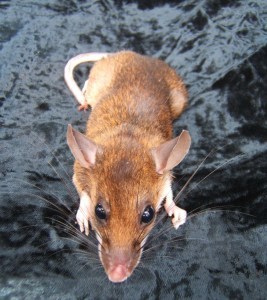 Groove tooth rats play hopscotch on our sleeping bags during the night. But this is the least of my problems. At 3 AM I am wakened by a group of mountain spirits hitting the inside of my skull with hammers. No amount of Tylenol helps, and I realize by our 5 AM departure for the summit that I need to descend to a lower altitude or risk serious altitude sickness.
Groove tooth rats play hopscotch on our sleeping bags during the night. But this is the least of my problems. At 3 AM I am wakened by a group of mountain spirits hitting the inside of my skull with hammers. No amount of Tylenol helps, and I realize by our 5 AM departure for the summit that I need to descend to a lower altitude or risk serious altitude sickness.
The air that we breath on earth is precariously thin, maybe five miles thin at most. Thinner than the skin of an apple compared to the apple. This thin layer protects us from cold black vault of the stars above and keeps the earth at just the right temperature for water and life. Inside this precious envelope we are all connected. Now it is reminding me that air is a gift to life on earth and is not limitless. I have climbed too high.
On the way down, I ask Kirinyaga why he guides. He says he does it for money, for his family, and so he can be closer to god. He tells me, Ngai is the creator of all things. He – for Ngai is male – gave birth to humans and provided them with everything required for life; land, water, plants and animals. He can not be seen, but he is present everywhere; in the sun, moon and stars and in the thunder, lighting and rain, in the rivers and the forests. Some believe Ngai made Mount Kenya as his resting place after creating the world.
I feel better after descending a few thousand feet. Kirinyaga seems unfazed. He is indeed the Mountain of Brightness. In the cloud forest he carefully watches for buffalo and steers us around danger.
We hitch a ride to Nara Moro Lodge at the base of Mount Kenya. The Land Rover is a relic of the last world war, but it is four-wheel drive. We are often up to our axels in ruts and mud and several times Kirinyaga and I get out to push. In the spray from the wheels, wet red clay coats everything but our eyes. We laugh at each other.
It would be easy to look at Kirinyaga from Kipling’s perspective as the white man’s Gunga Din, someone noble, yet less fortunate to the superiority of the west. I am a foreigner from far away. Yet we are all just passing through. In that, we are all connected. The breath we each just took contains 400,000 argon atoms that were breathed by the hyena on the trail. The oxygen created by the forests provides life for all, and the rain that cleans my boots flows in the rivers to grow crops.
“Thaai thathaiya Ngai thaai,” is the Kikuya saying: May peace prevail between God and men. To this I say, please add the forest and Kirinyaga. Let’s take care of the earth and each other.
‘We are all connected. Savor the Earth!’™
Hobie,
L. Hobart Stocking
SkyWaterEarth.com
hobart@skywaterearth.com
651-357-0110
Facebook: @SkyWaterEarthConnected
Twitter: @SkyWaterEarth

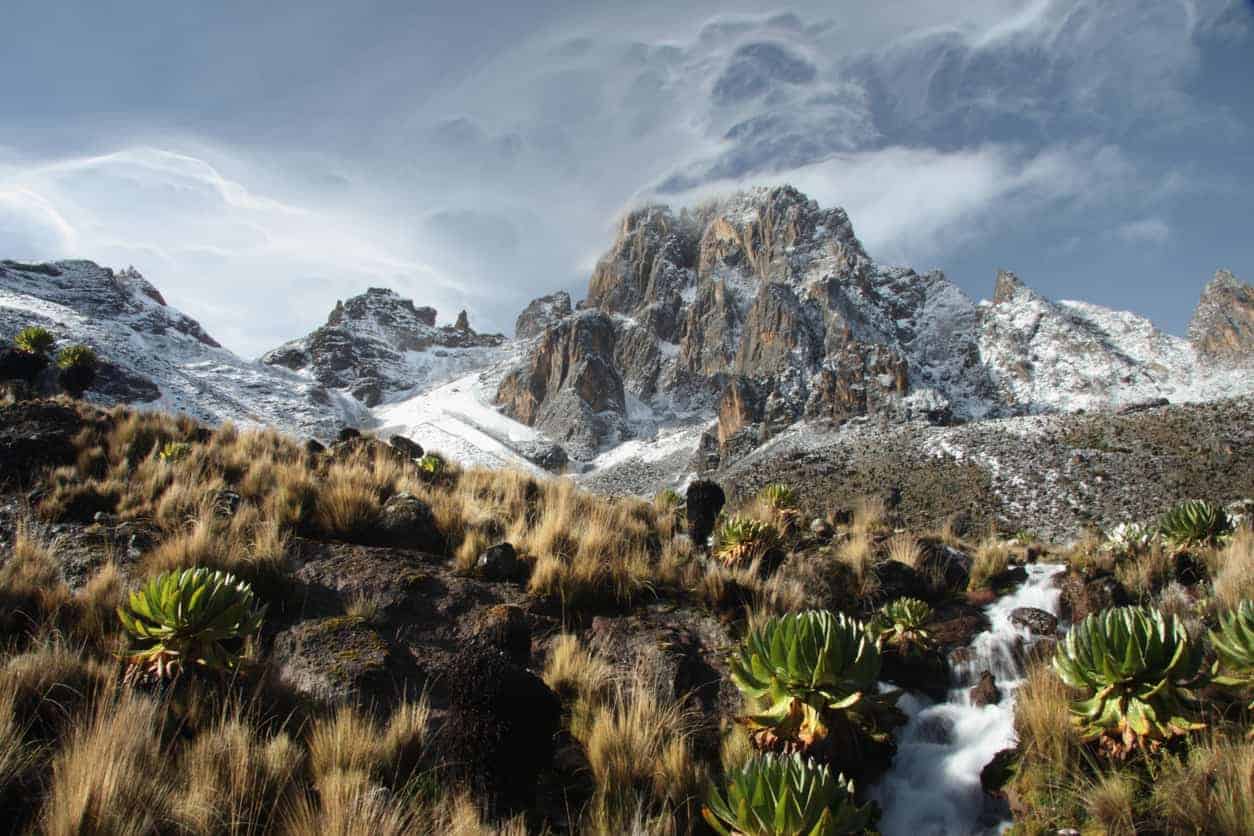
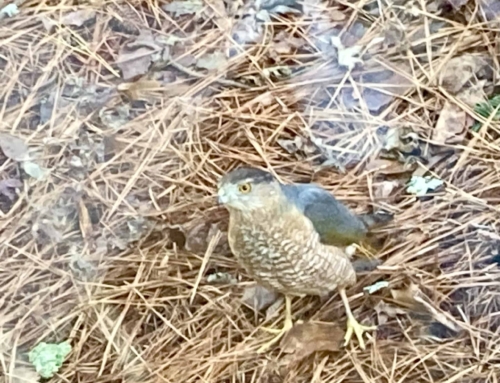
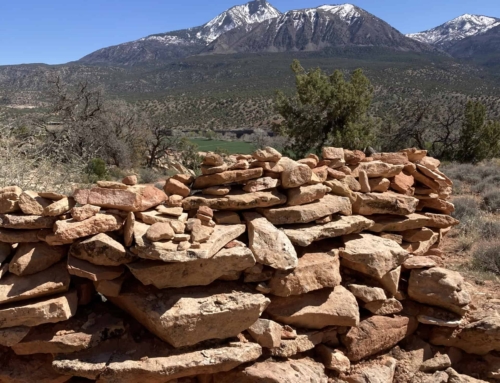
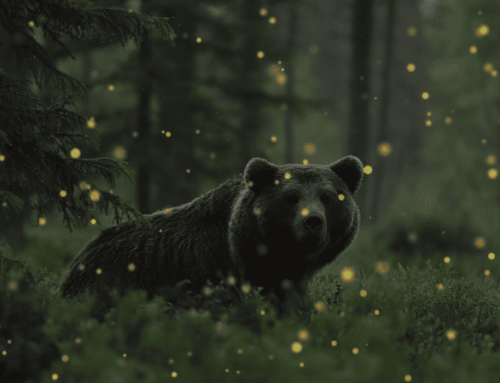
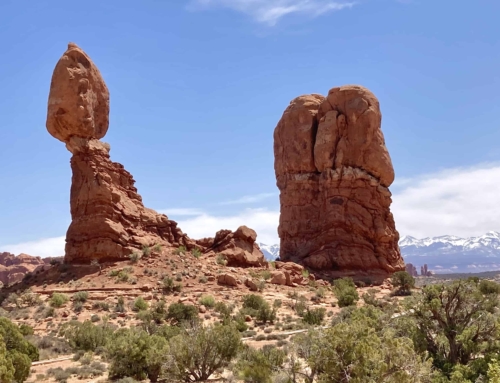
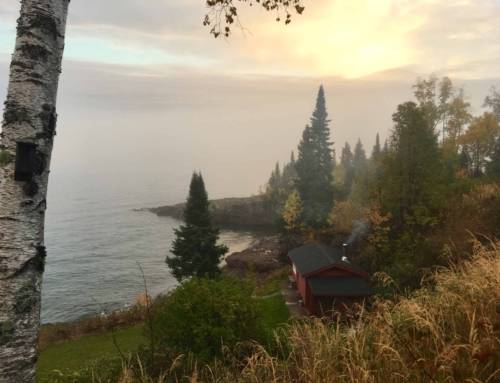
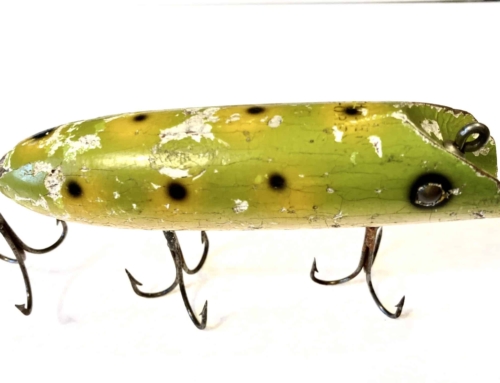
Leave A Comment